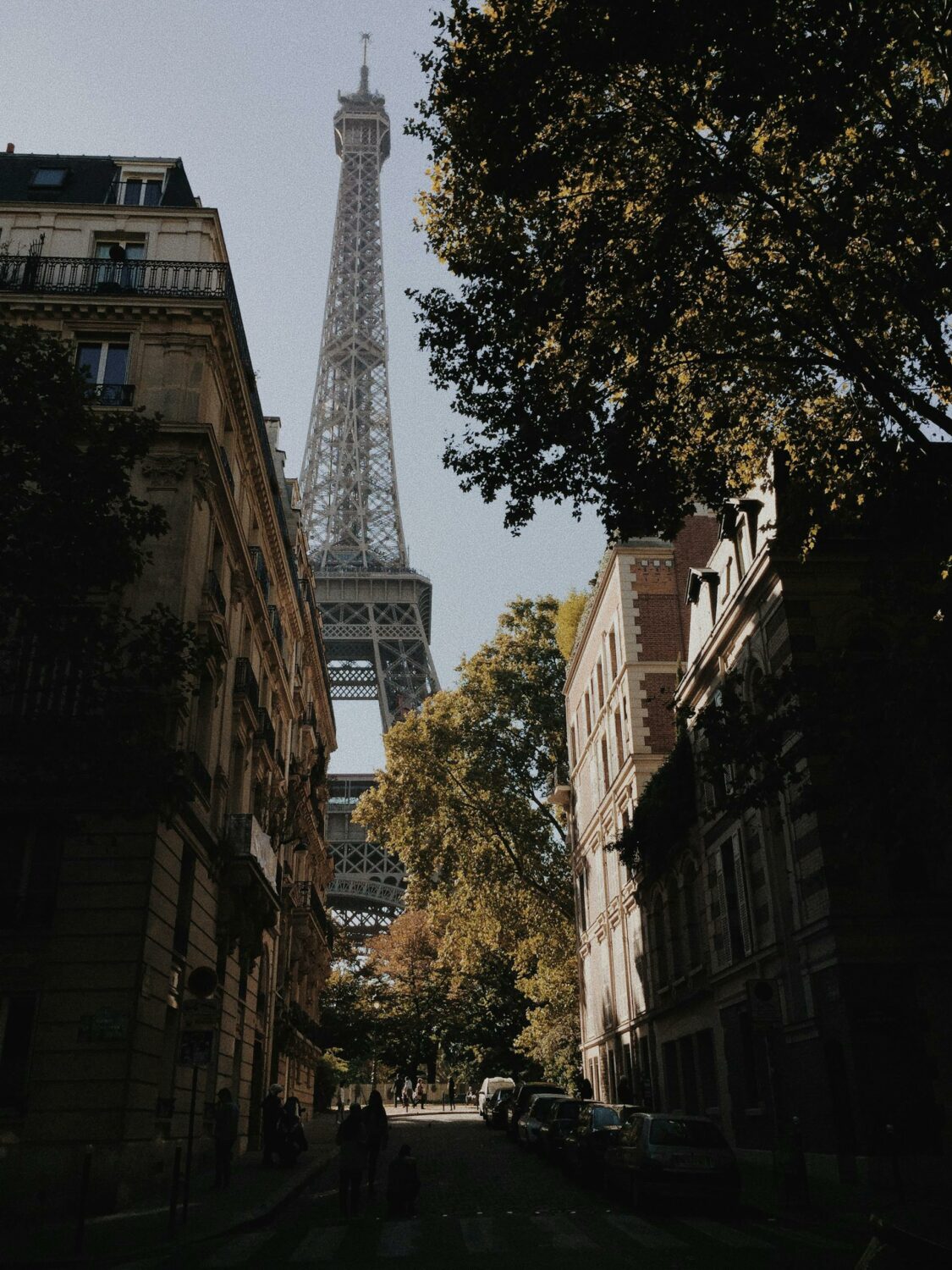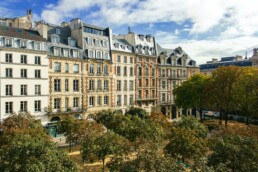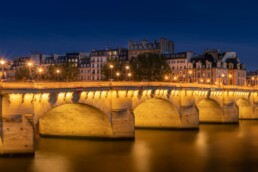The Eiffel Tower, that slender silhouette piercing the Parisian sky, is much more than a mere structure. It is an icon, an unwavering symbol of the modernity and boldness of the Belle Époque. To understand the Eiffel Tower, one must delve into the labyrinth of memory, where the nostalgia of centuries past mingles with the anticipation of future promises.
Conceived by engineer Gustave Eiffel for the 1889 World’s Fair, celebrating the centenary of the French Revolution, the tower was initially envisioned as a technical feat, a challenge to gravity and good taste. But beyond its iron structure lies the soul of an era eager for progress, where each bolt and rivet tells the story of a collective dream of grandeur.
I recall the tales my grandfather used to tell, recounting the heated and passionate debates that surrounded the construction of this “great steel candle.” The scathing criticisms from writers and artists of the time, who derided it as a “hunk of iron” or “unsightly skeleton,” still resonate as echoes of resistance to change. Yet, over time, the tower won hearts, transforming skepticism into admiration.
When I stroll through the Champ de Mars, gazing up at this imposing structure, I cannot help but think of the hundreds of workers who toiled day and night, often in precarious conditions, to erect this monument. Each piece of metal, each curve, is the result of their relentless labor, their courage in the face of the unknown.
The Eiffel Tower, this iron colossus, swiftly became the symbol of Paris, of France, and beyond, of the human spirit’s quest for excellence. It silently witnessed industrial revolutions, wars and peace, loves and disillusionments. It is the beacon that, each evening, illuminates the Seine with its thousand lights, reminding all who behold it that audacity and perseverance can move mountains.
On starry Parisian nights, when the tower’s lights sparkle like diamonds, a gentle melancholy envelops me. It is as if the tower itself whispers ancient tales, stories of glory and pain, of passion and renewal. It is a bridge between ages, a passageway between past and future, a monument where history and imagination converge.
Thus, the Eiffel Tower is not merely a construction of iron and rivets. It is a living, vibrant work, bearing witness to the soul of a city and the vision of a man. It reflects the aspirations and dreams of entire generations, a forged iron poem, inscribing in the Parisian sky the verses of an eternal story.

Lire également :
5 November 2024
The History of Place Dauphine: A Parisian Evocation
5 November 2024





